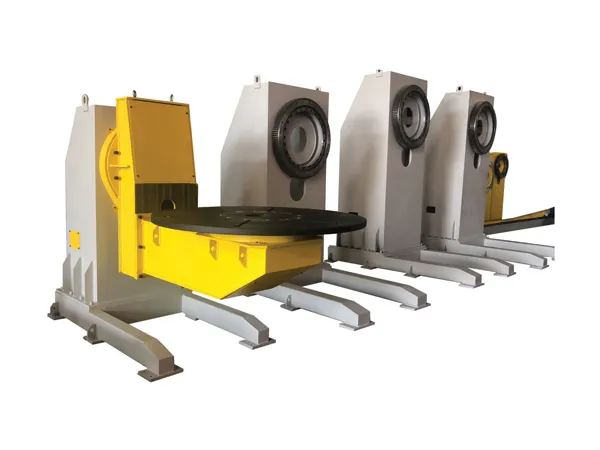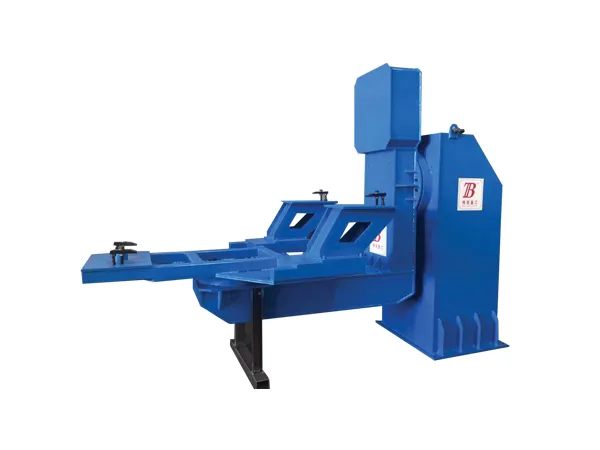A welding positioner is a device used to hold and rotate a workpiece to the optimal position for welding. It allows the welder to work at a consistent angle, improving weld quality, reducing fatigue, and increasing productivity. A welding positioner consists of several key components designed to hold, rotate, and tilt workpieces to facilitate welding from optimal angles.

Rotating Table: The flat surface or platform where the workpiece is mounted. It rotates to allow access to different areas of the workpiece without manually repositioning it.
Chuck: A clamping device on the rotating table that securely holds the workpiece in place during rotation. Chucks can be three-jaw, four-jaw, or specially designed for specific workpiece shapes.
Tilting Table: Allows the rotating table or chuck to be tilted at various angles, providing the flexibility to position the workpiece optimally for welding.
Tilt Motor/Gears: Motor and gears control the tilting action, allowing precise adjustments to the tilt angle.
Control Panel: The interface used to control the rotation speed, tilt angle, and other positioner functions. It may include buttons, switches, or a touchscreen.
Foot Pedals/Remote Control: Optional control devices that allow the welder to adjust the positioner hands-free or from a distance.
Base/Frame: The sturdy structure that supports the positioner and ensures stability. It must be strong enough to bear the weight of the workpiece and resist vibration during operation.

Clamps/Fixtures: Devices used to hold the workpiece securely to the rotating table or chuck. These can be adjustable to accommodate different shapes and sizes of workpieces.
Rotation Motor: Powers the rotation of the table or chuck, allowing continuous or indexed rotation of the workpiece.
...
For more detailed information about the welding positioner, please click here: https://www.bota-weld.com/en/a/news/welding-positioner-composition.html